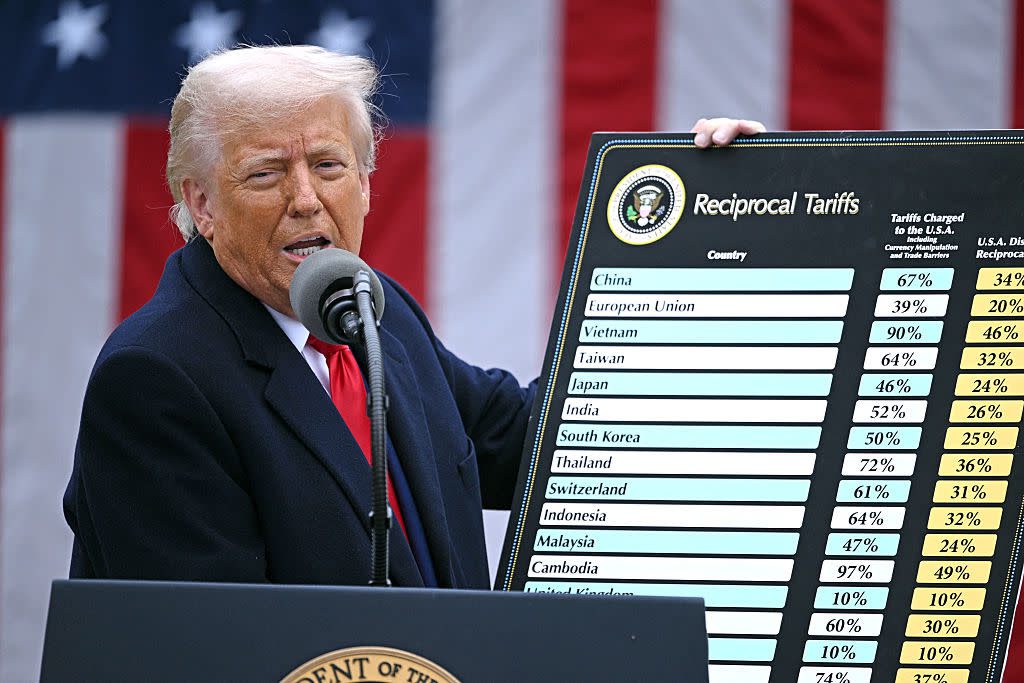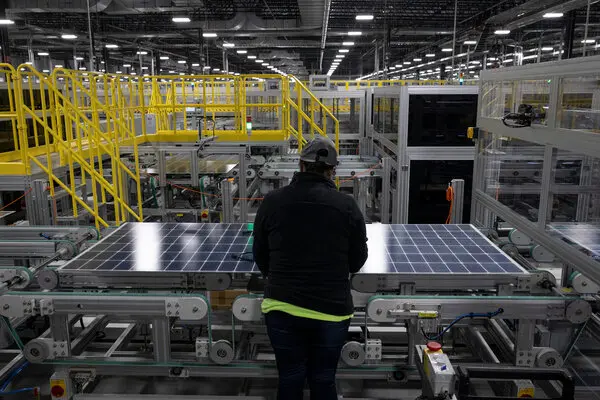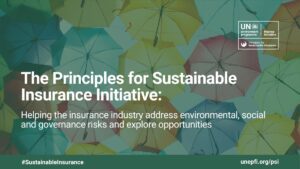In the report “Materiality in the Long Now: Navigating the Intersection of Decision-Making, Time, and Strategy,” Daniel M. Labovitz and Alexander Kontoleon critically examine the traditional concept of materiality in the context of climate and sustainability reporting. They argue that the prevailing focus on short-term impacts—the “Short Now”—is insufficient for addressing the complex, long-term risks posed by climate change.
Labovitz and Kontoleon propose a redefined approach to materiality, which they term “long-tail materiality.” This new framework incorporates time as a crucial factor, alongside the conventional axes of likelihood and magnitude, to better capture and disclose risks that may not have immediate financial consequences but are significant over a longer horizon.
The Shortcomings of Traditional Materiality
The report highlights that traditional materiality, as currently applied in federal securities law and corporate disclosures, is predominantly concerned with risks and events that are immediately impactful—those that exist within the “Short Now.” This narrow focus limits the ability of companies and investors to anticipate, evaluate, and address risks that develop over longer periods, such as those associated with climate change.
Labovitz and Kontoleon argue that “classic materiality does a good job of identifying short now problems. But it is comparatively less helpful at classifying distant (or long-term) threats or determining when they morph into near-term threats about which we must start worrying.” This observation underscores the need for a materiality framework that extends beyond the immediate future and considers long-term sustainability challenges.
Introducing Long-Tail Materiality
To address the limitations of traditional materiality, the authors introduce the concept of “long-tail materiality.” This approach expands the temporal scope of materiality assessments, enabling companies to consider the long-term risks that may not be imminent but could have significant financial or operational impacts in the future.
Labovitz and Kontoleon explain that “long-tail materiality would complement, not replace, classic materiality, which management could still use to describe risks that lie in the realm of the short now.” The addition of a time dimension allows for a more comprehensive evaluation of risks, particularly those related to climate change, which may manifest over decades rather than months or years.
Change the World - Subscribe Now
The Role of Time in Risk Assessment
One of the key takeaways from the report is the importance of integrating time into risk assessment frameworks. The authors suggest that by considering the “Long Now,” companies can better identify when long-term risks become material and require action. This shift in perspective is crucial for addressing the “clash between time and likelihood,” where traditional materiality assessments may fail to capture the true nature of long-term risks.
Labovitz and Kontoleon emphasize that “the concept of time is still missing from the Supreme Court’s pronouncements on materiality: when, exactly, does information begin to significantly alter the total mix of information in the marketplace (as opposed to its being insignificant)?” This question is particularly relevant in the context of climate risk, where the consequences of inaction may not be immediately apparent but can be catastrophic in the long run.
Practical Implications for Climate and Sustainability Reporting
The report provides actionable recommendations for companies looking to enhance their climate and sustainability reporting. One of the primary suggestions is for companies to disclose their definition of “long term” and identify key long-term risks within that time frame. By doing so, they can provide investors with a clearer understanding of how they are addressing these risks and what actions they are taking to mitigate them.
Labovitz and Kontoleon argue that this approach “would complement the SEC’s intent that management ‘provide insight into [climate-related] challenges and risks.’ It would require management to analyze how each of the identified risks could affect the company’s businesses if they came to pass (without regard to likelihood), and for each risk, assign it to one of three spots on the decision/time continuum: early, optimal, or late.”
Related Article: How to Ensure Your Green Promises Don’t Turn into Greenwashing
This framework not only improves transparency but also helps companies avoid the pitfalls of “greenwashing,” where sustainability claims are exaggerated or misrepresented. By adopting long-tail materiality, companies can offer more accurate and meaningful disclosures that align with the expectations of long-term investors.
Conclusion: A Call for Broader Adoption
Labovitz and Kontoleon’s report makes a compelling case for rethinking materiality in the context of climate and sustainability reporting. By embracing the concept of long-tail materiality, companies can better prepare for and address the complex, long-term risks posed by climate change. This approach not only benefits investors but also contributes to more resilient and sustainable business practices.
The report concludes by urging companies and regulators to consider long-tail materiality as a necessary complement to traditional materiality. As Labovitz and Kontoleon succinctly put it, “Materiality is a useful construct for identifying and quantifying certain risks, but it is only one tool of many, and its utility and efficacy are ultimately limited when the consideration and evaluation of time becomes a necessary supporting component to the decision process.”












